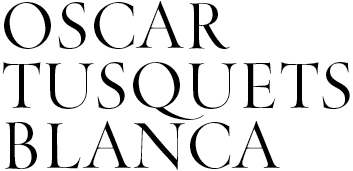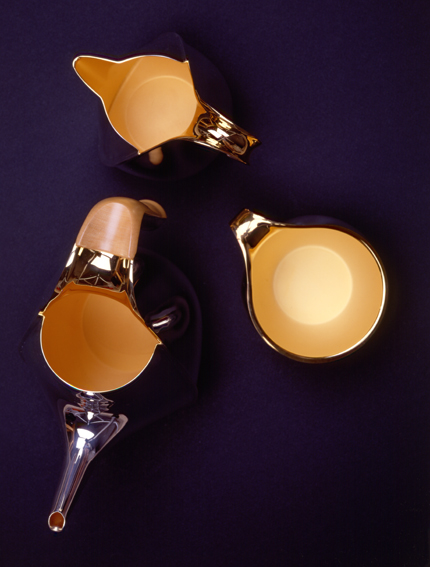
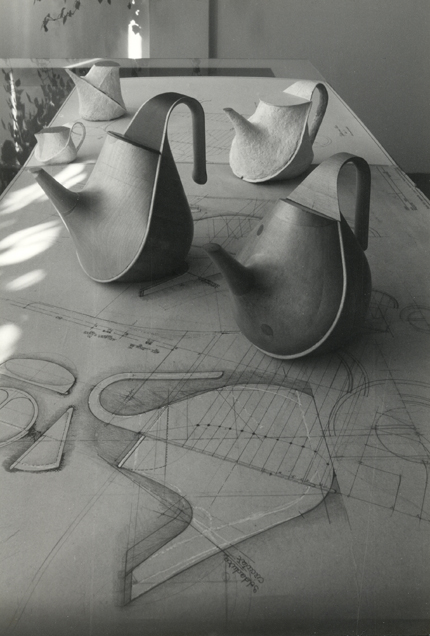
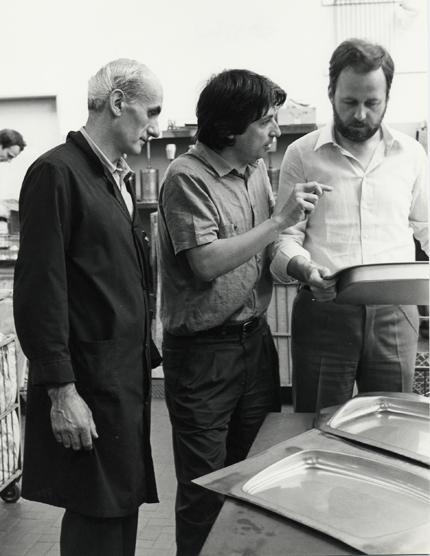
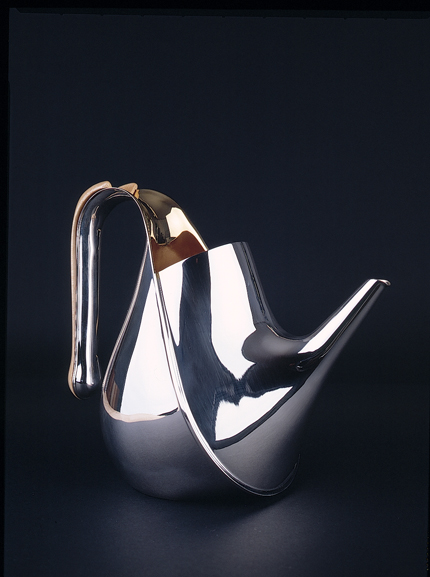
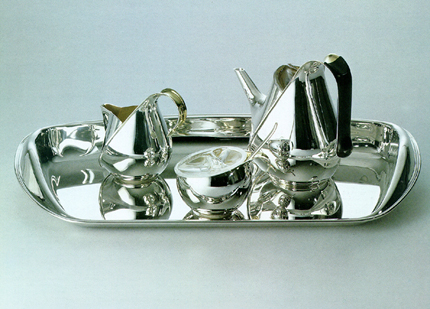
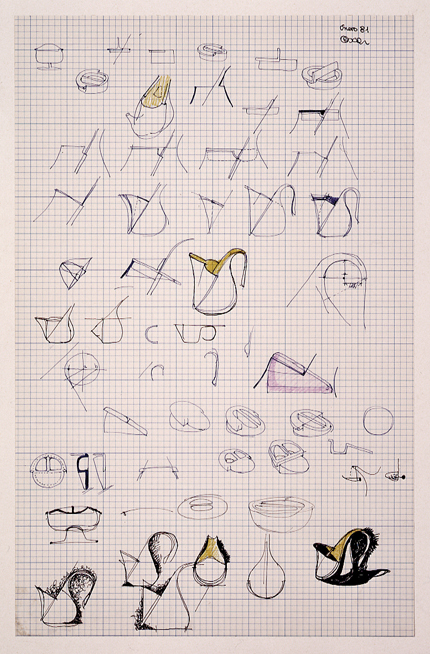
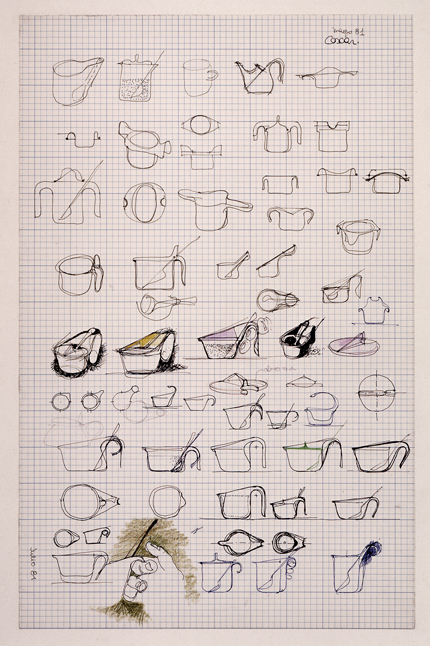
Oronda, 1983
Producer: Alessi
Delta de plata 1991
In the collections of Victoria & Albert Museum, Montreal Museum of Decorative Arts and Museu de las Arts Decoratives de Barcelona.
In 1979, Alessandro Mendini invited eleven architects from all over the world to design a tea and coffee set: Michael Graves, Hans Hollein, Charles Jencks, Richard Meier, Paolo Portoghesi, Aldo Rossi, Stanley Tigerman, Oscar Tusquets, Robert Venturi, Kazumasa Yamashita and Mendini himself. The overall set is an exercise in micro-architecture, reflecting the various architectural styles of the day. The outcome was presented as Tea & Coffee Piazza and 99 sets were made in silver, bearing the monogram of each designer.
Unlike the majority, OTB's design is not at all formalistic or decorative; instead he undertook a detailed study of the history of the teapot, how the applied arts have managed to resolve the problem of containing and pouring hot liquid. He soon saw that the spout, which should emerge from the lower part of the pot - where the liquid is denser and less hot, had been gradually shortened and displaced towards the upper part of the vessel. This was because of the difficulty of making a separate piece and then soldering it to the base. As a result, many present-day teapots only have the slightest of notches in their upper rim for the liquid to be poured out through and this leads to problems with sloppy pouring and inevitable dripping. Another problem area is the handle, there being three traditional types: the top handle - Japanese, the lateral handle - which OTB preferred for its balance and accuracy, and, the least common - the outjutting horizontal handle. OTB discovered that the handle had also been subjected to a gradual process of simplification, leading to unacceptable levels of discomfort: overheating, imbalance, insufficient surface grip area, and so on.
Bearing all this in mind, and drawing inspiration from a bivalve shellfish, he created the Oronda. It comprises two parts, once of which contains a centrally-located spout, and the other lengthens out and curves to form a comfortable handle. The halves are joined at their common perimeter. The set is completed with a sugar bowl, jug and tray. The latter is curved in a fan-shape so as to adapt to the shape of your hands, and has two lateral indentations enabling it to be gripped securely and deposited on the table without catching your fingers. Interestingly, of the eleven sets presented, the only one to ever actually be produced on a large scale was OTB's. This was because its design lent itself to mass production, unlike many of the others which in an expressive delirium had become overly complex and precious.
